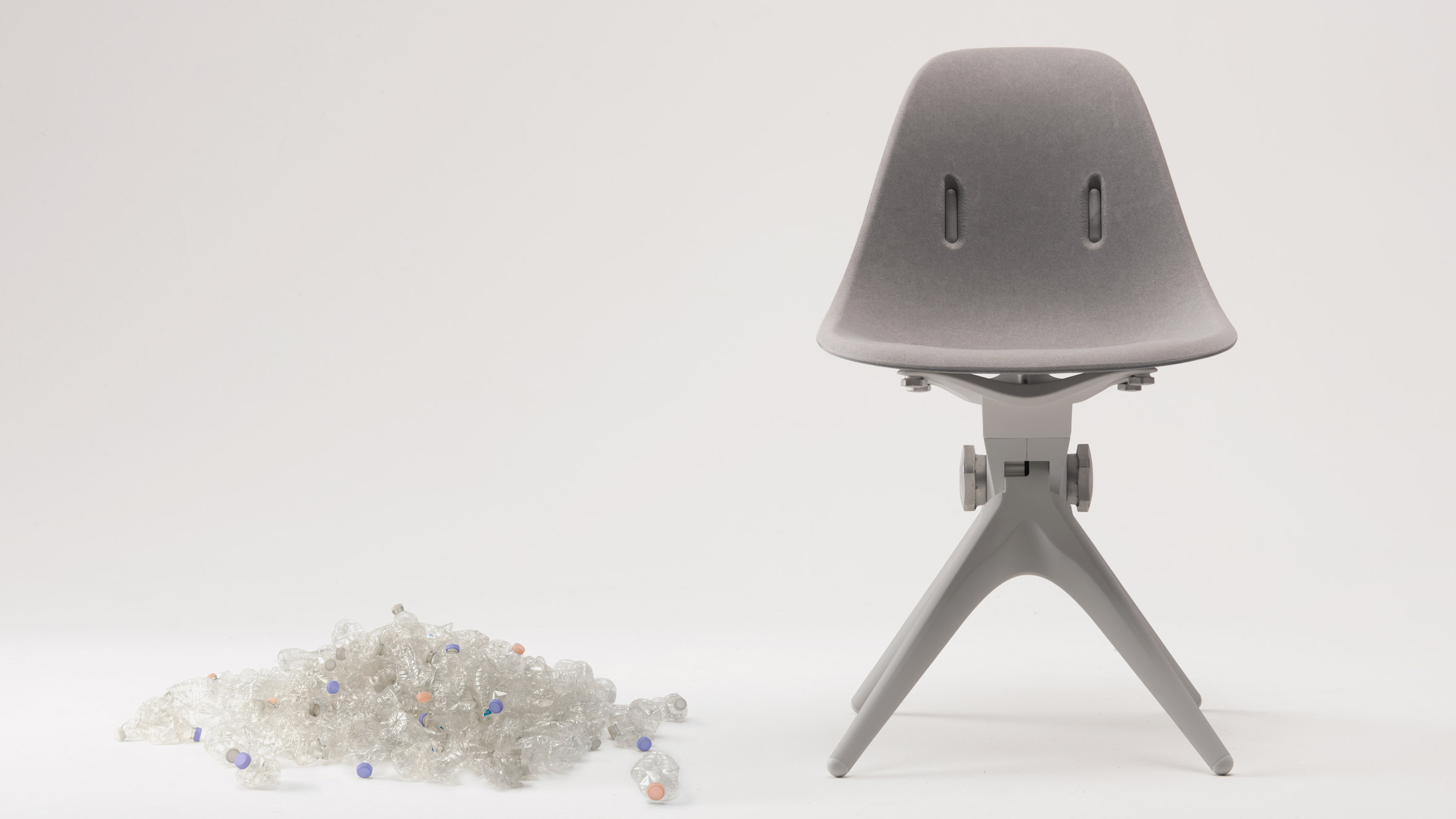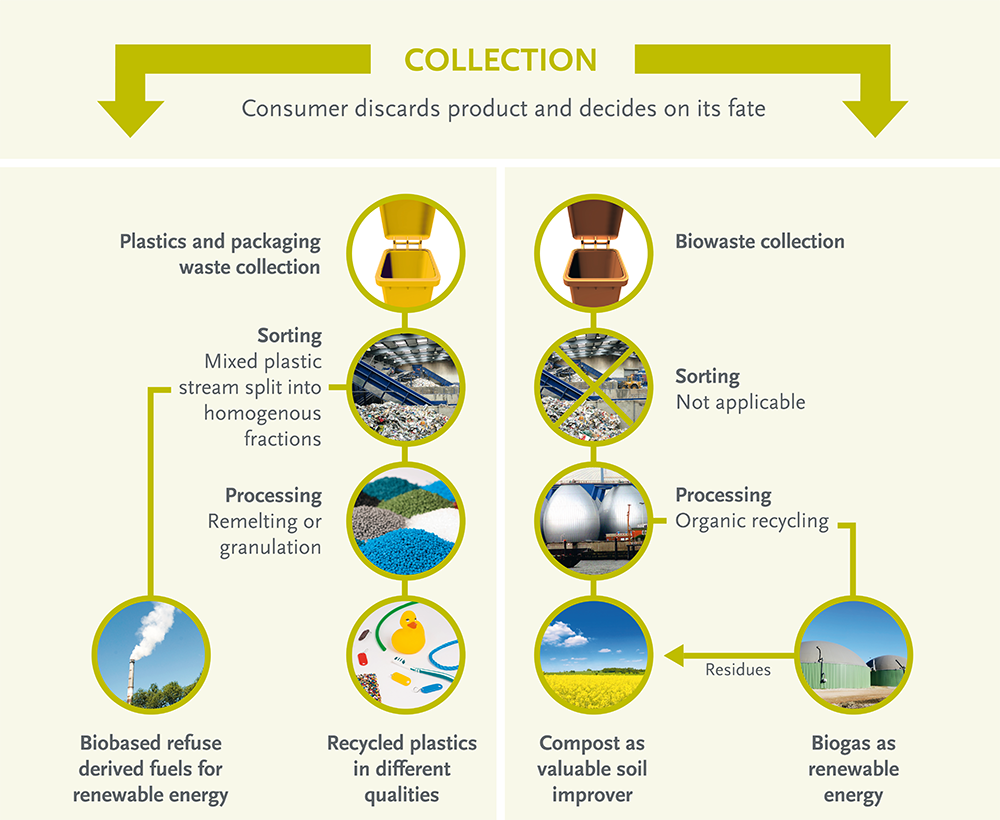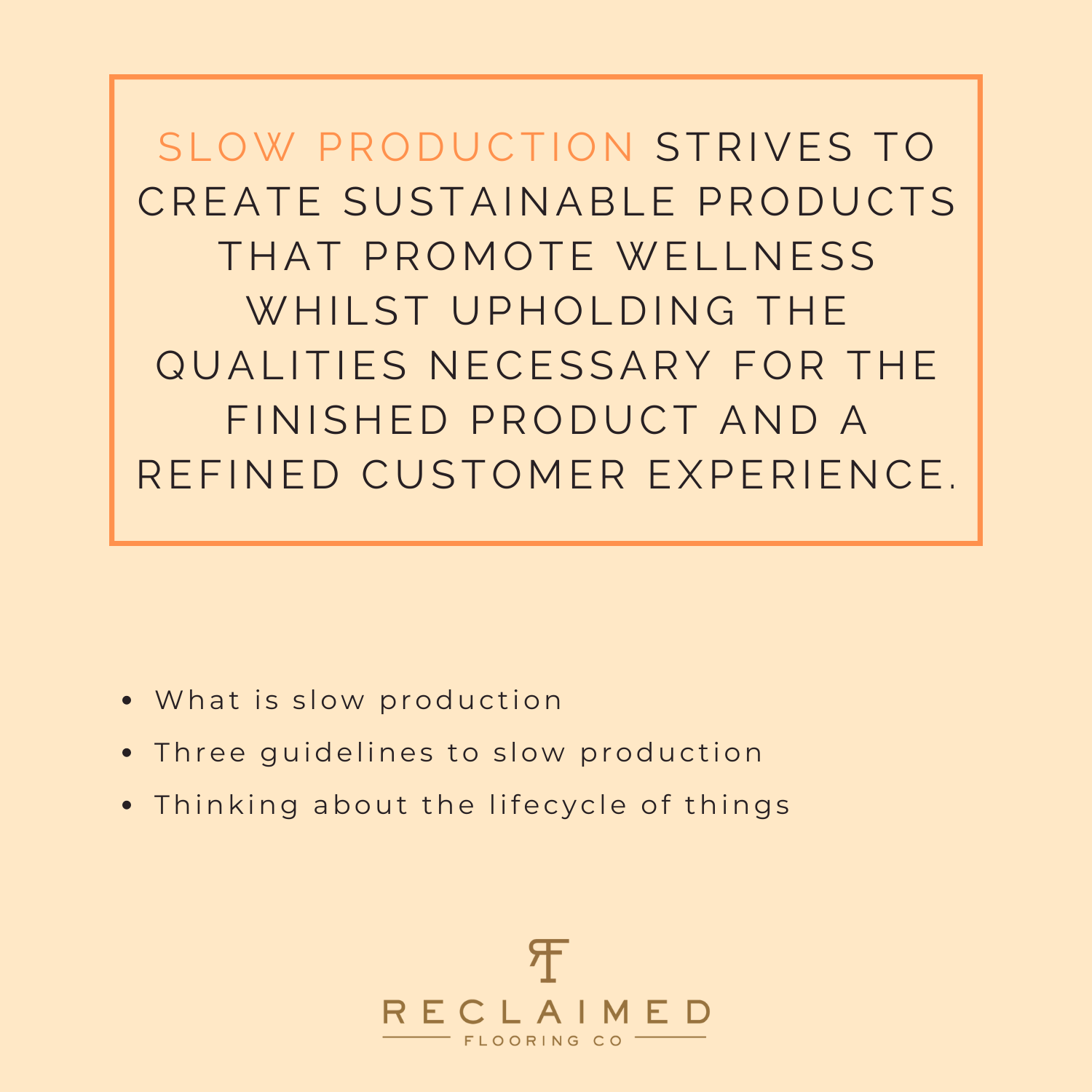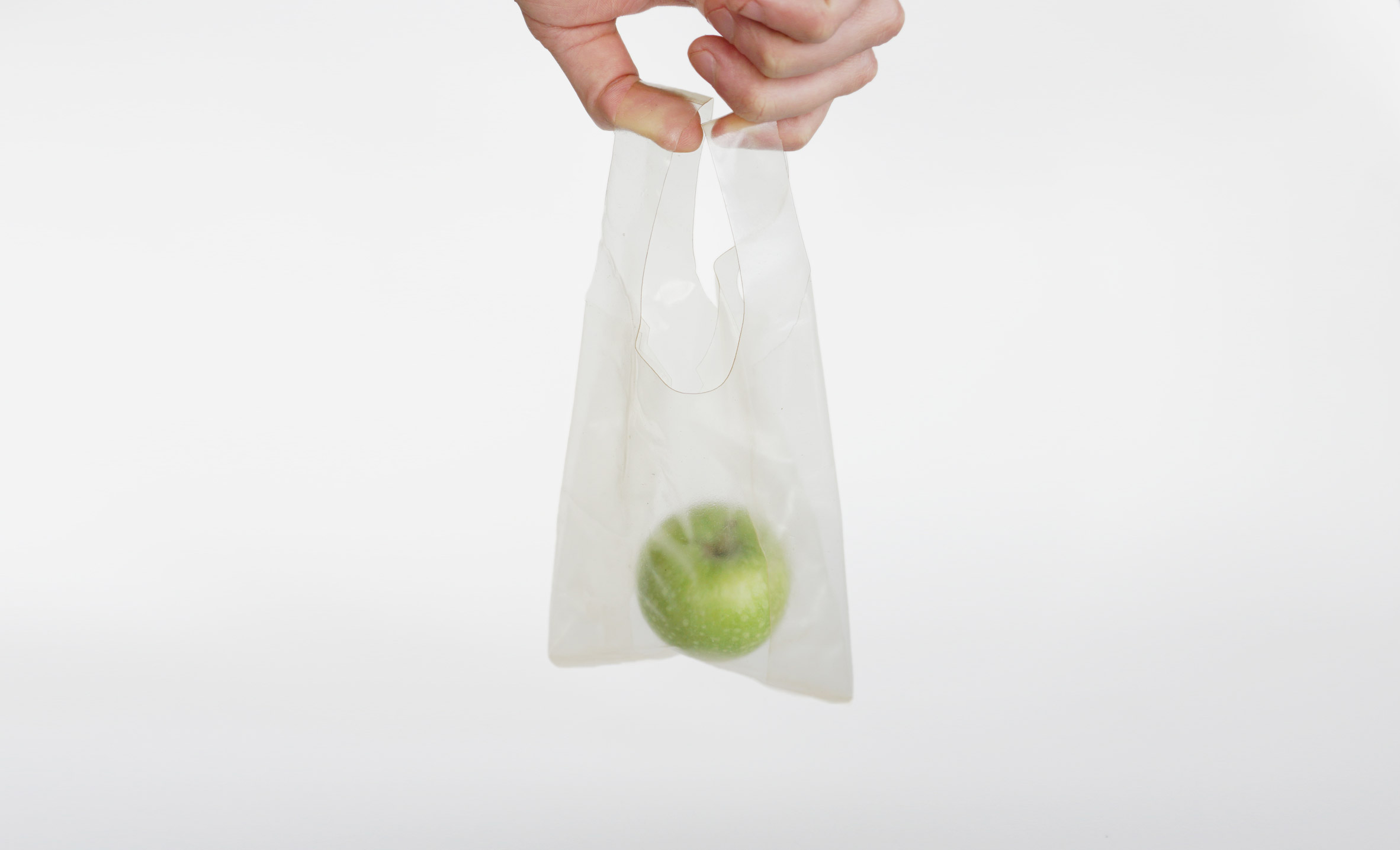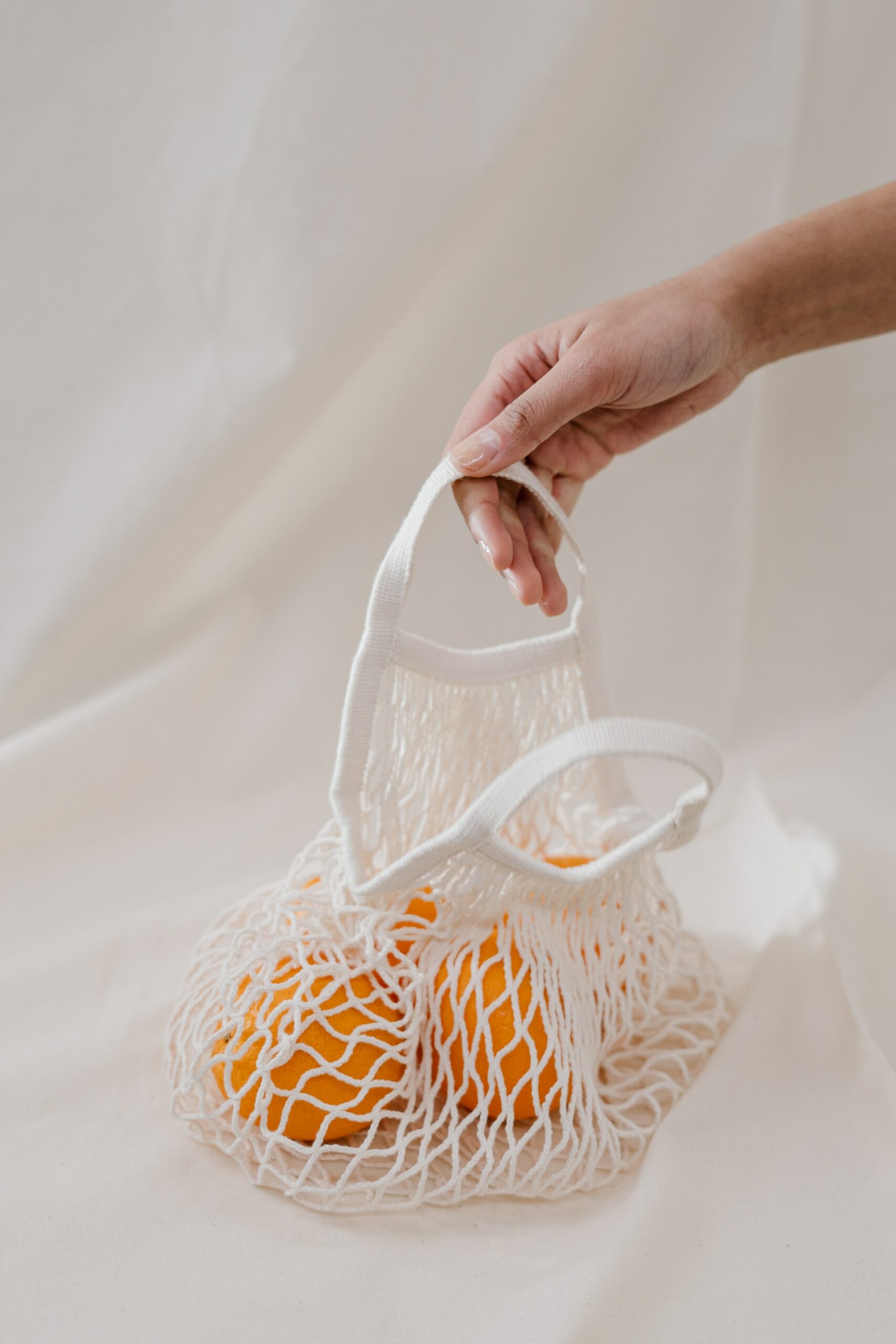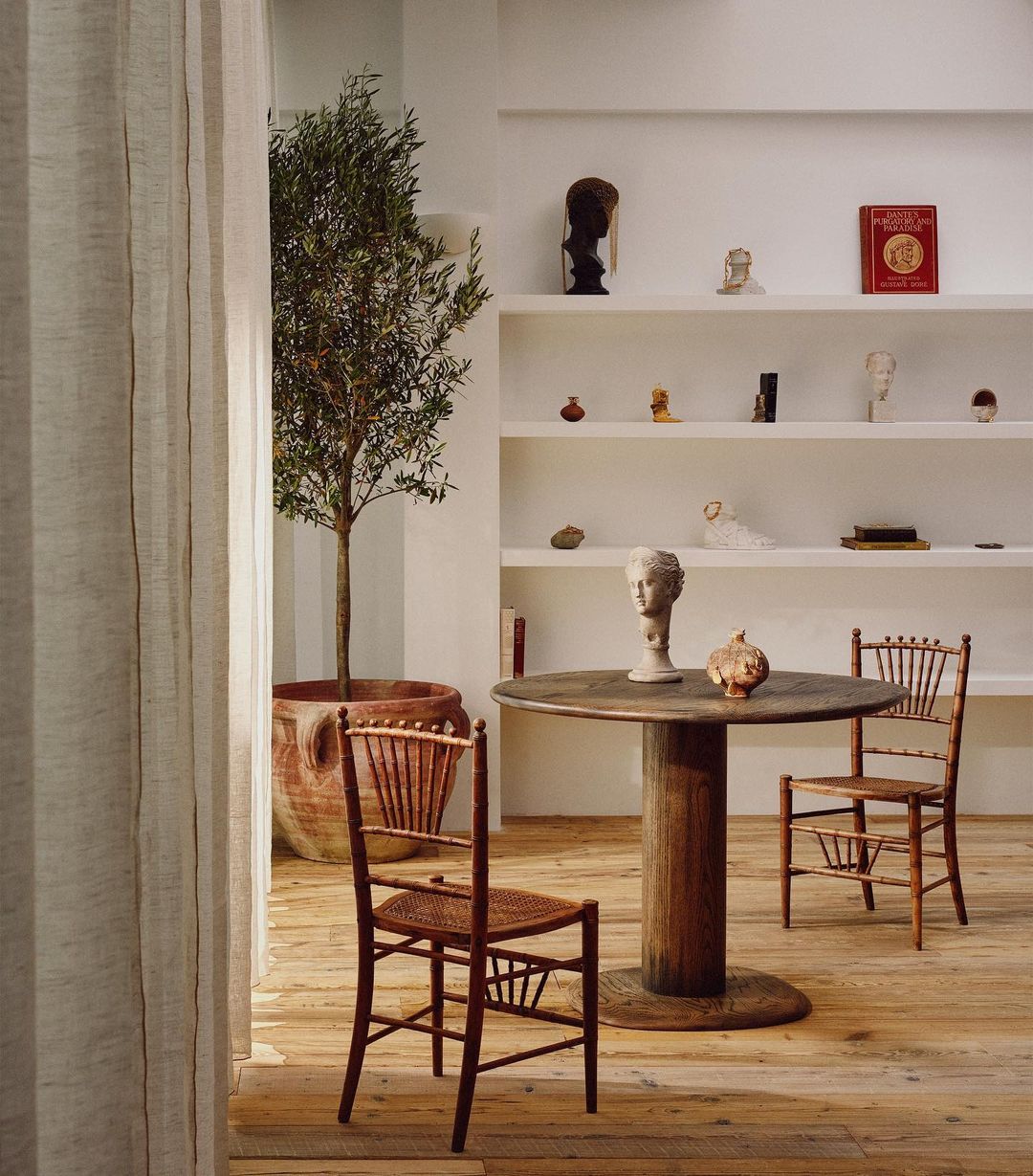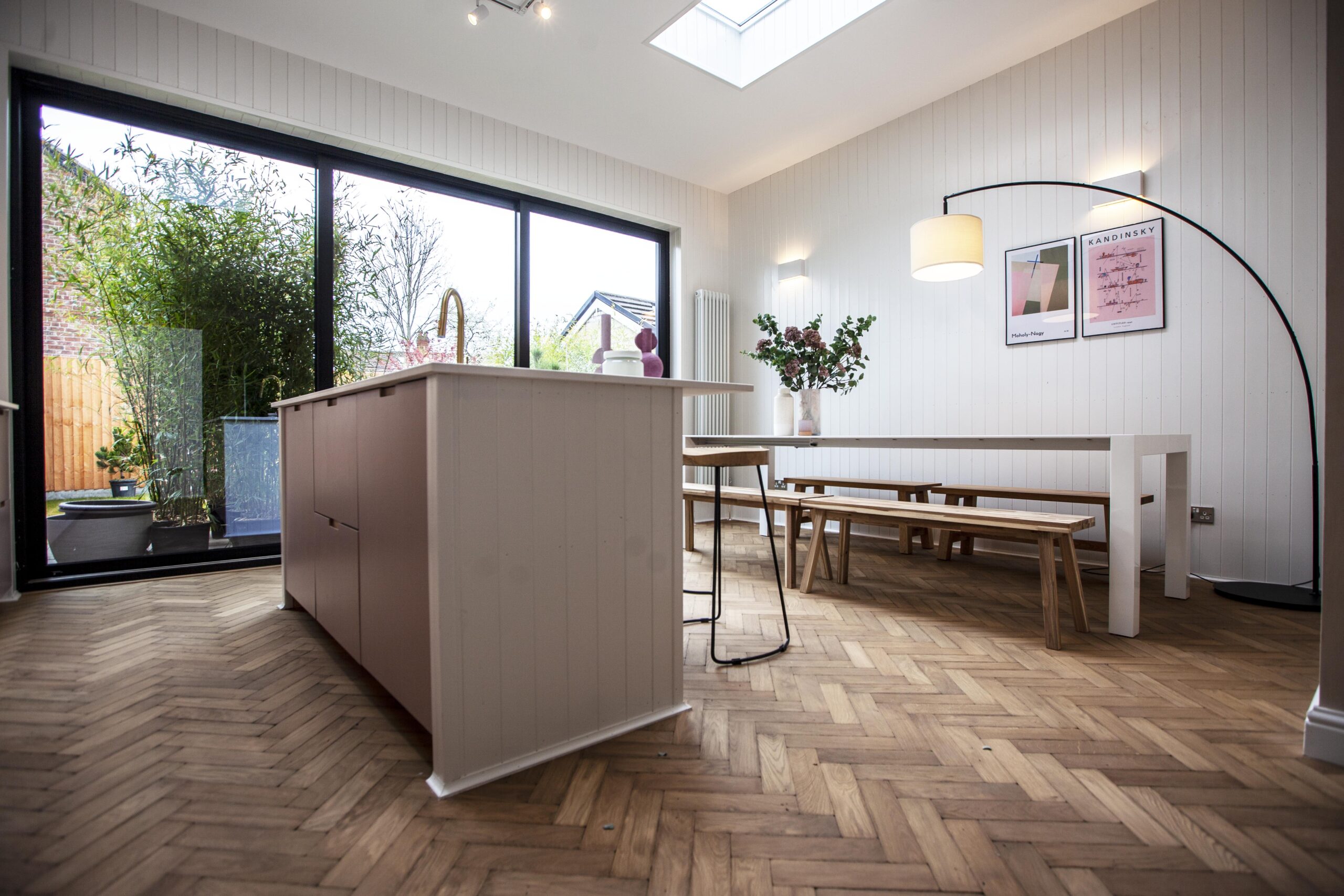
In a world driven by consumerism and rapid technological advancements, the role of design in shaping our environment for the better has become increasingly crucial.
Throughout history, the linear nature of design has generated a concerning amount of waste. However, a wave of projects is now seeking more sustainable ways of creating materials, transforming previously non-recyclable products unimaginably.
This article explores the belief that the future of design is deeply rooted in circular economic principles, paving a more sustainable path forward where waste becomes just the beginning.
The Age of Disposable Design
The rise of disposable design, characterized by products and materials designed for short lifespans, has been witnessed in recent years.
From fast fashion to single-use plastics, the market is flooded with items intended for quick discard, contributing to a mounting waste crisis.
Throughout the 1990s and 2000s, the deliberate practice of planned obsolescence further exacerbated the issue, fostering a throwaway culture that perpetuated waste.
The Environmental Toll
The consequences of this wasteful design paradigm have been far-reaching.
Landfills overflow with discarded products, non-biodegradable materials release harmful substances into soil and waterways, and the production and disposal of goods contribute to climate change.
As the demand for new products continued to grow, the environmental toll of this approach became increasingly unsustainable. However, forward-thinking designers began to explore new strategies to address the issue.
The Foundations of Sustainable Design
There has been a growing recognition within the design community, and beyond that, change is necessary.
Companies at the forefront of sustainable design principles have been working to minimize waste, prioritize longevity, and promote the circular economy.
Through the use of eco-friendly materials and a focus on repairability, reclamation, and reuse, designers have created products that reduce the environmental impact of design and prioritize reusability.
Circular Economy Innovators
Some designers have gone beyond traditional approaches, pushing the boundaries of creativity and sustainability.
These innovators are not satisfied with finding new uses for existing materials; they transform used and discarded products into brand-new materials.
The concept of the circular economy, long recognized as promising for combating waste in design, is propelled forward by these visionaries. Through their ingenuity, entirely new materials are emerging from what was once considered waste, extending the usefulness of products far beyond their initial lifecycle.
Technology Makes Sustainability Easier Than Ever
As the flaws of the traditional linear design model become increasingly apparent, the circular economy is responding with innovative and exciting solutions that prioritize sustainability and well-being.
Emerging technologies are playing a pivotal role, enabling the discovery of new ways to extract maximum value from resources while minimizing waste.
Beyond the traditional strategies of recycling, remanufacturing, and sharing platforms, waste is minimized, and materials are continually repurposed, ushering in a new era of sustainable design.
Consumers Want Sustainable Design
In the landscape of conscious consumption, consumers have shown a preference for quality over quantity, shining a light on the detrimental aspects of fast fashion and mass manufacturing.
A shift towards emotional connections with products, a desire for natural materials, and a rejection of disposable culture are becoming increasingly evident.
The need to preserve our planet has been ingrained in the public consciousness for decades. As time and technology progress, we are witnessing the emergence of technologies that allow new materials to be created from the old with minimal environmental impact.
Companies leading this revolution empower consumers to make ecologically sound choices without compromising design and functionality.
Conclusion
As we look ahead to the future of design, we must confront the issue of waste head-on.
By recognising the environmental toll of disposable design, embracing sustainable principles, and transitioning to a circular economy, we can pave the way for a more sustainable and responsible approach.
By embracing new technologies and watching these incredible innovators, we can ensure that the future of beautiful design minimises waste, conserves resources, and prioritises the well-being of our planet.
It is in our hands to shape a future where cutting-edge design and sustainability go hand in hand.



